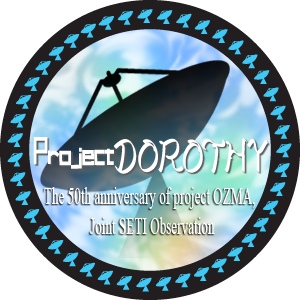
Project Dorothy

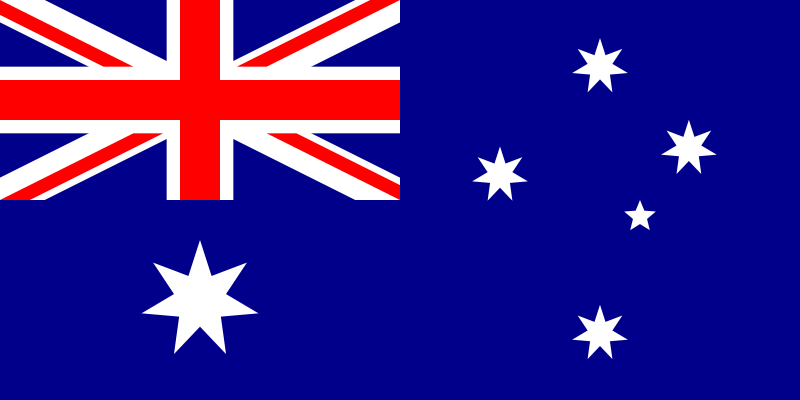


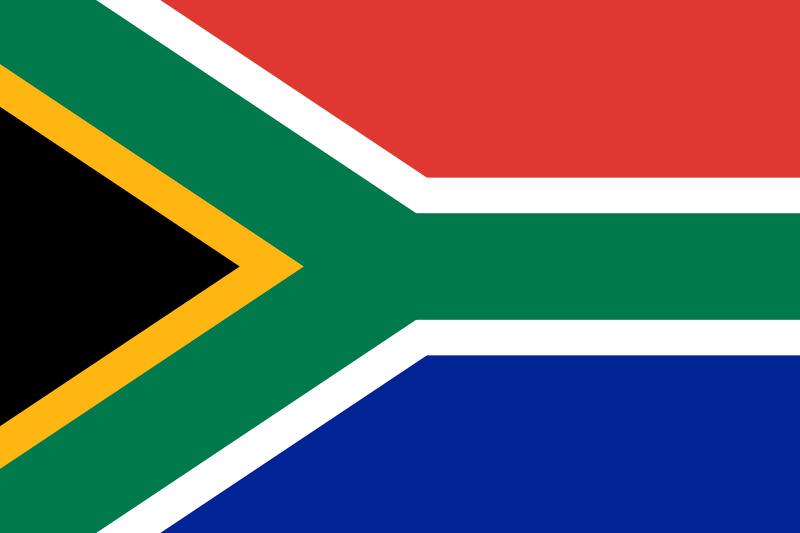

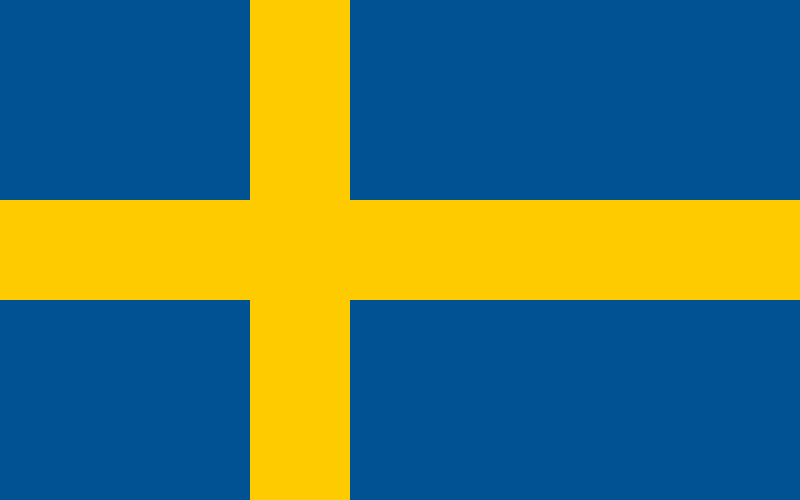

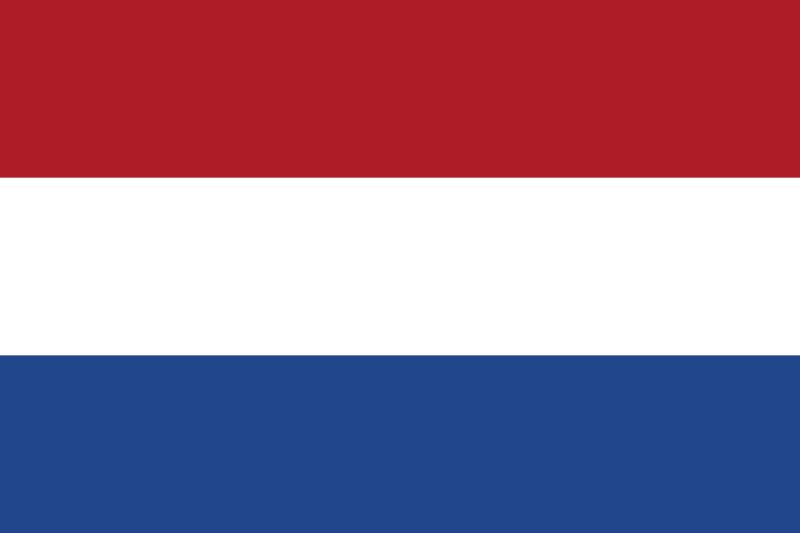

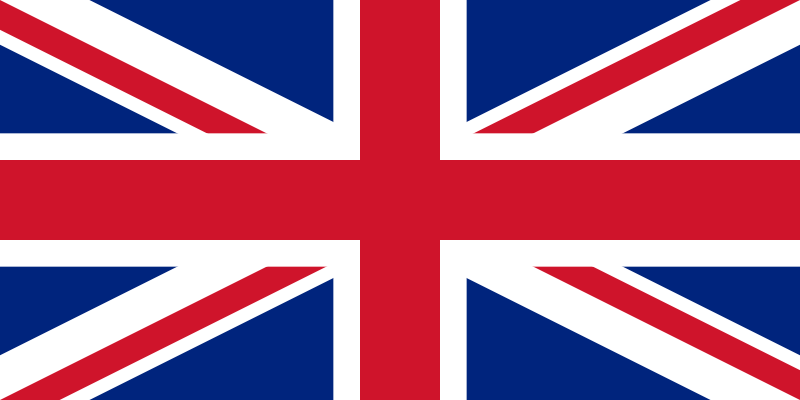
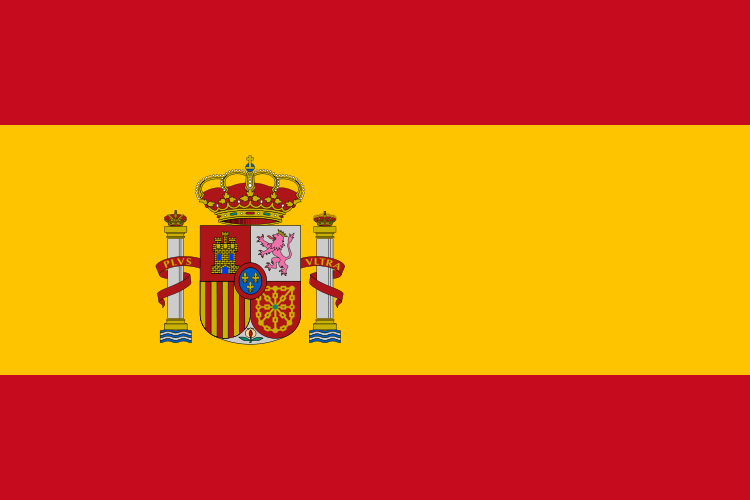
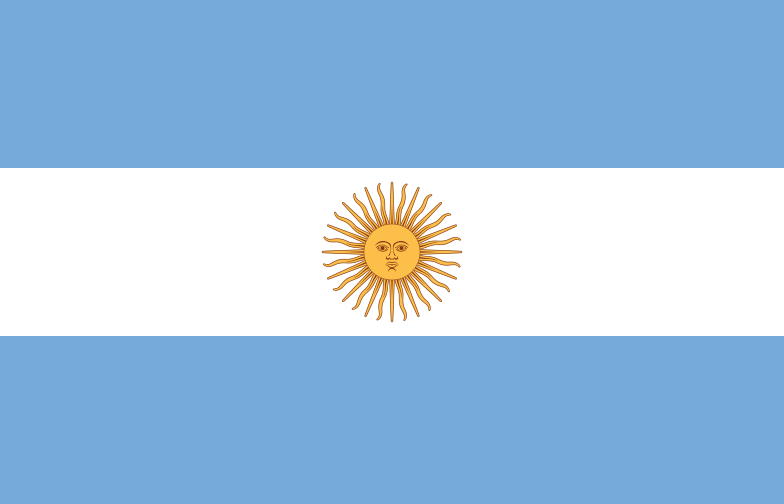
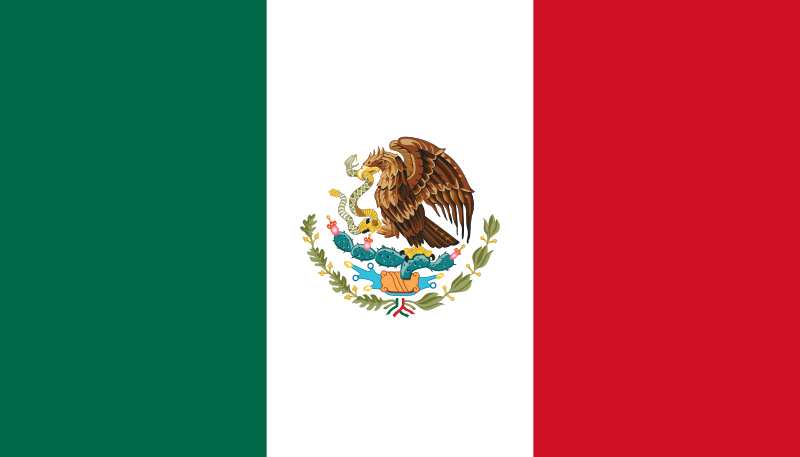
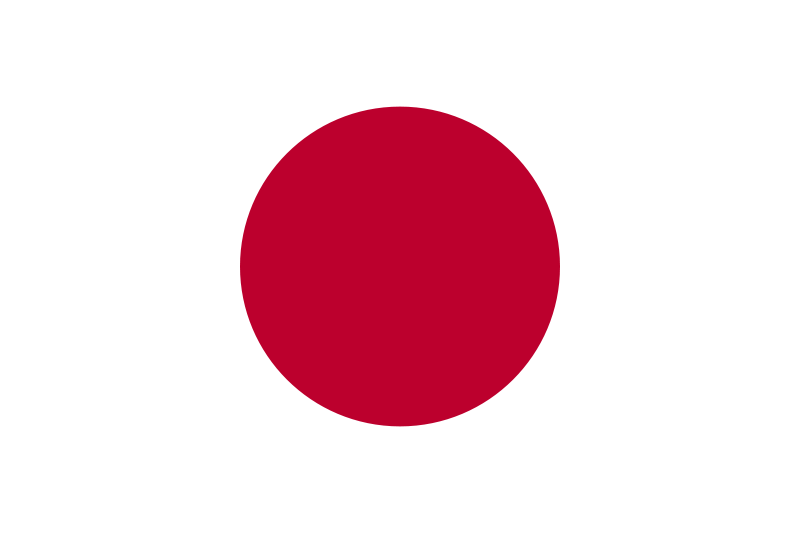
Participation consisted of 29 relevant organizations in 15 countries from 5 continents
We presented about Project Dorothy at the 64th IAC, Sep. 25, 2013 (IAC-13, A4, 1, 2, x17246)
ª This report is selected toAnnual Rudolph Pesek Lecture
We have presented about Project Dorothy at the Astrobiology Science Conference 2012 (Apr. 17, 2012)
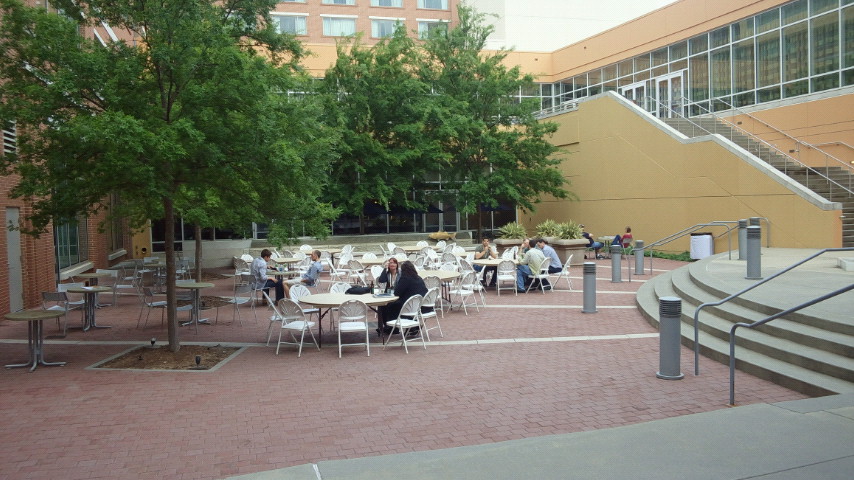
Georgia Institute of Technology
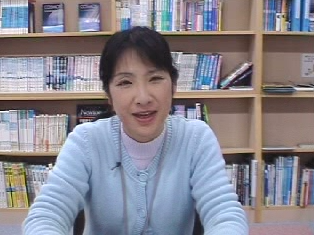
What is Project Dorothy?(MP4 3:49)
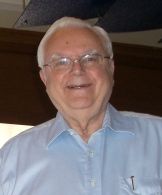
It is thrilling for me to witness the beginnings of Project Dorothy, the continuation of my search of fifty years ago. To have so many talented people using so many telescopes in this new search, with the electronics and computer equipment of today, is a joyful thing to me. The equipment of today is far better than what we could have fifty years ago, and will result in both very much better and very much more data than could be obtained then.
Over the past fifty years our searches have not yet produced the discovery we all hope for. This is understandable - in our vast and awesome universe it will take long, painstaking, and comprehensive searches before we will have a good chance of success.
This is the major lesson learned from previous searches. Project Dorothy is a major step in meeting the challenge created by this lesson. Best wishes to the scientists of Project Dorothy for success!
4th Nov. 2010 Dr. Frank Drake (Honorary Professor of SETI Institute)
Why Dorothy?
Project OZMA was named after the book "the Wonderful Wizard of OZ".
Dorothy is the heroine of this story.
TS
1st. run (main): 5-7 Nov. 2010
2nd. run (additional): 23-26 Nov. 2010
3rd. run (urgent, Kepler planets): 3 Mar. - 22 May 2011
4th. run (special, first anniversary of Prof. M. Morimoto's death): 16 Nov. 2011
5th. run (Sgr A*+G2 event, Magic Time SETI): 1 Jul. 2013 - on.
Relevant authorities

The distribution of observatories.
(There are more relevant authorities.)

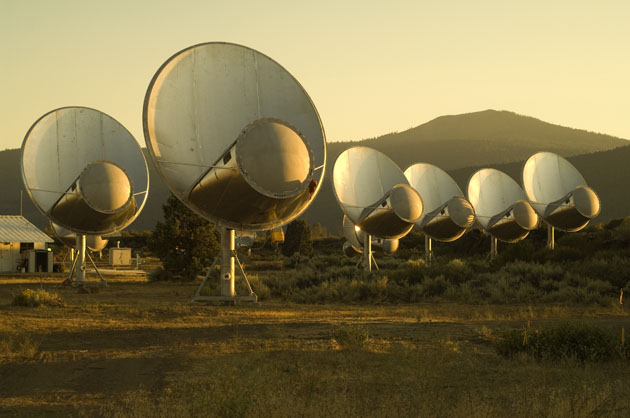 images
images
Allen Telescope Array (Hat Creek Observatory, California) of SETI Institute
 (290 miles northeast of San Francisco)
(290 miles northeast of San Francisco)
SETI Institute Press Release of Project Dorothy
This observation is a part of setiQuest
Project Dorothy (SETIQuest)
setiQuest Dorothy Data upload


(Mountain View, California)
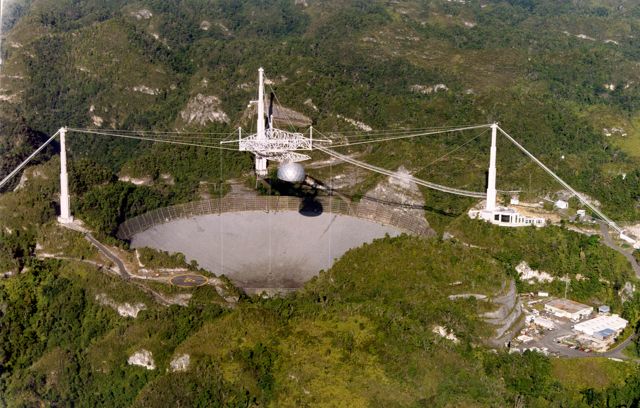 images
images
Arecibo Observatory
 (Puerto Rico, in the northeastern Caribbean Sea)
(Puerto Rico, in the northeastern Caribbean Sea)
300m(the largest radio telescope in the world)
This observation is a part of (SETI@home) and (SERENDIP).
Current observation coordinates
Exciting news everyone (SETI at UC Berkeley)
The Search for Extra Terrestrial Inteligence at UC Berekeley

user: University California of Berkeley
 (about 9 miles of northeast of San Francisco)
(about 9 miles of northeast of San Francisco)
(management of the mailing list of Project Dorothy in 2011)
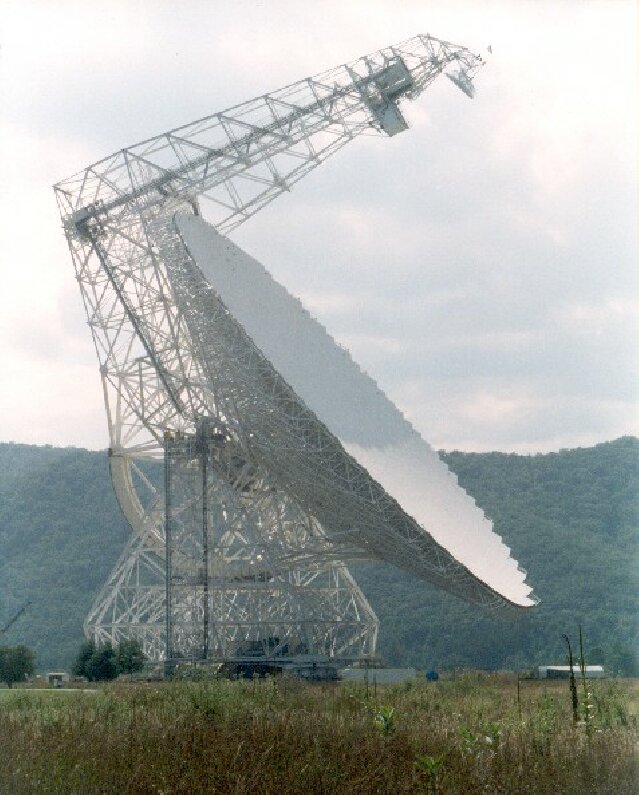 images
images
National Radio Astronomical Observatory in Green Bank
 (about 150 miles of west of Washington D.C.)
(about 150 miles of west of Washington D.C.)
The Project OZMA was carried out in Green Bank observatory in 1960, and Drake equation also was created at this place in 1961.
100 by 110m antenna
user: University California of Berkeley
UC Berkeley SETI survey focuses on Keplerfs top Earth-like planets
SETI at the Green Bank Telescope

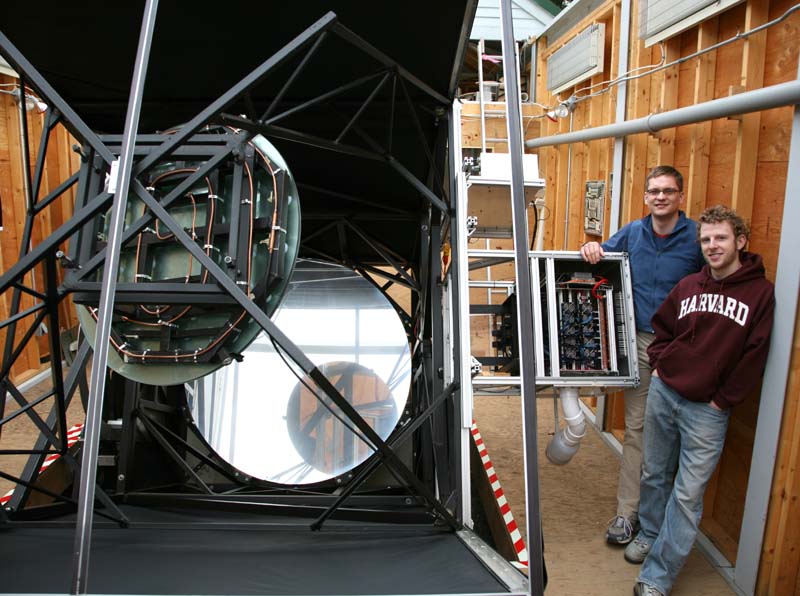
Oak Ridge Observatory
Harvard University Optical SETI
 (about 26 miles northwest of Boston)
(about 26 miles northwest of Boston)
180cm (transit) optical telescope

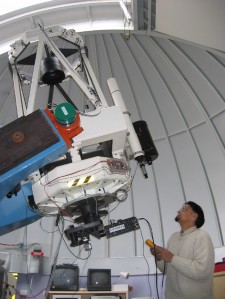
University of Western Sydney (OZOSET)
(Werrington)
Australian Optical SETI Project, 0.6 m optical telescope (UWS Observatory at the Werrington North campus)
This team could not observe due to various reasons.
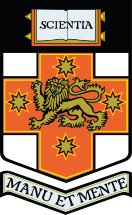
Australian Centre for Astrobiology,
The University of New South Wales
 (Sydney)
(Sydney)
(data analysis)

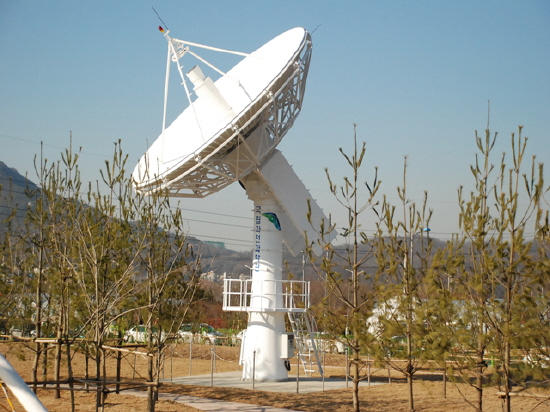
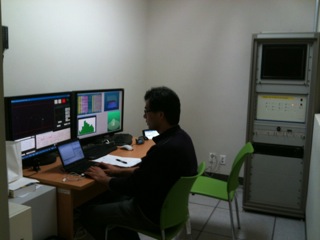
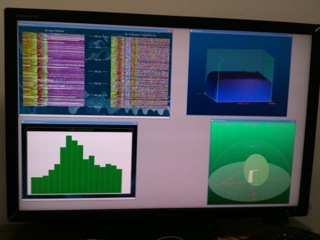
Gwacheon National Science Museum
 (Gwacheon City=neighbor Seoul)
(Gwacheon City=neighbor Seoul)
7.2m single dish

Vishal Gajjar (cooperator)

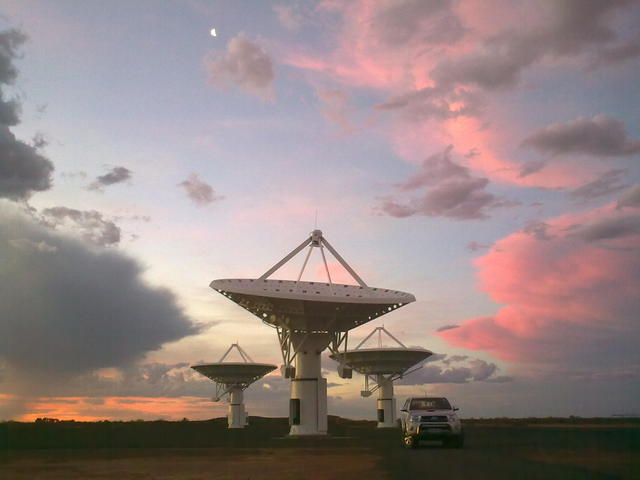 images
images
SKA (Square Kilometer Array) South Africa
 (about 280 miles northeast of Cape Town)
(about 280 miles northeast of Cape Town)
12m dish, KAT-7 system ("MeerKAT")

 <- 32m Antenna of Medicina Live
<- 32m Antenna of Medicina Live
images
Medicina Radiotelescope Station, Italy(INAF, IRA)
 (about 70 miles southeast of Venezia)
(about 70 miles southeast of Venezia)
32m single dish

Onsala Space Observatory of the Swedish national Facility for Radio Astronomy
 (about 260 miles southwest of Stockholm)
(about 260 miles southwest of Stockholm)
(Chalmers University)
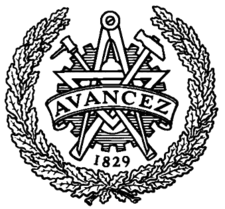
data (of ATA, LOWFAR and other observatories) analysis





 images
images
LOFAR(Remote Station, RS503)
 LOFAR status map
LOFAR status map
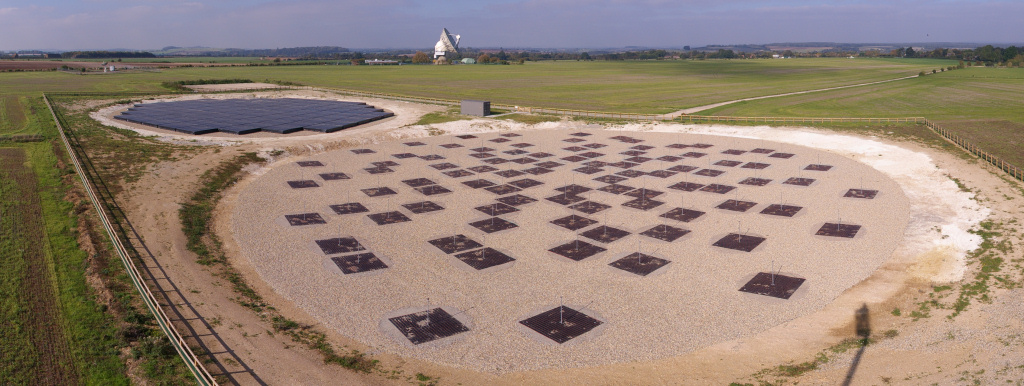
LOFAR-UK (UK608, Chilbolton Station)
 (63 miles southwest of London)
(63 miles southwest of London)
Testing SETI with LOFAR

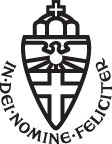
Radboud University
 (about 60 miles southeast of Amsterdam)
(about 60 miles southeast of Amsterdam)
(LOFAR Team)

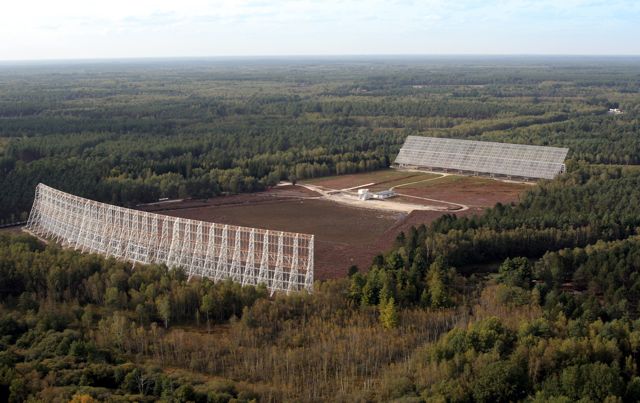
Copy right: J.P. Letourneur, CRDP Orleans, France


NRT(Nancay Radio Telescope/Observatoire de Paris)
 (about 80 miles south of Paris)
(about 80 miles south of Paris)
100m meridian telescope


University of Portsmouth

(LOFAR Team)
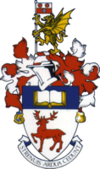
University of Southampton
 (about 70 miles southwest of London)
(about 70 miles southwest of London)
(LOFAR Team)
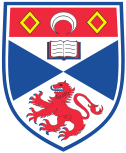
University St Andrews
 (Dr. Alan Penny's office; about 32 miles northeast of Edinburgh, Scotland)
(Dr. Alan Penny's office; about 32 miles northeast of Edinburgh, Scotland)
(management of LOFAR SETI)


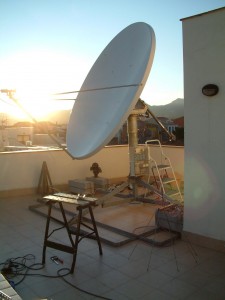
EB3FRN (SETI League)
(about 65 miles southwest of Barcelona)

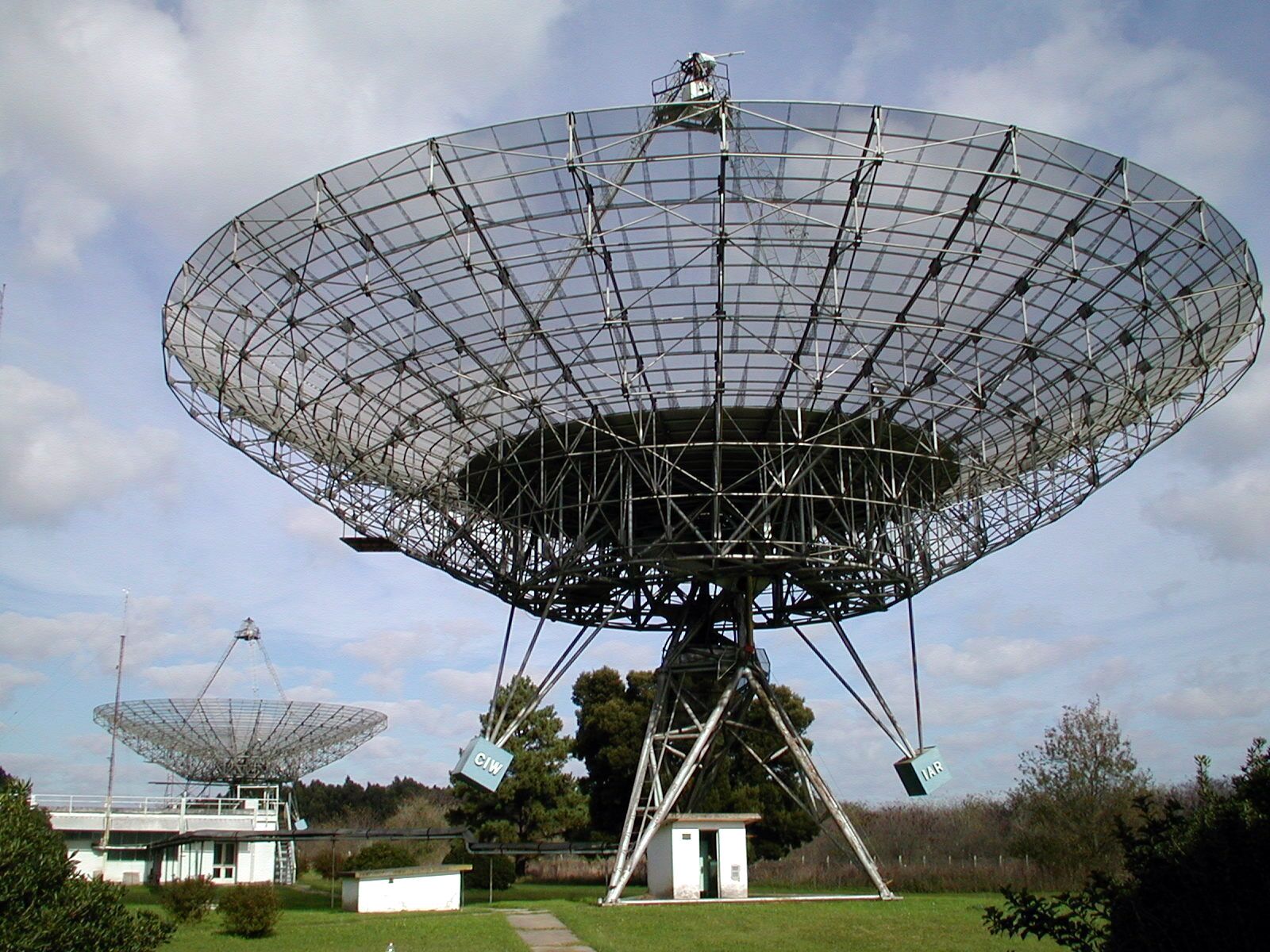
Instituto Argentino de Radioastronomia
 (about 20 miles southeast of Buenos Aires)
(about 20 miles southeast of Buenos Aires)
Two 30 m antennas

Prof. Lourdes Cahuich
 Mexico City
Mexico City

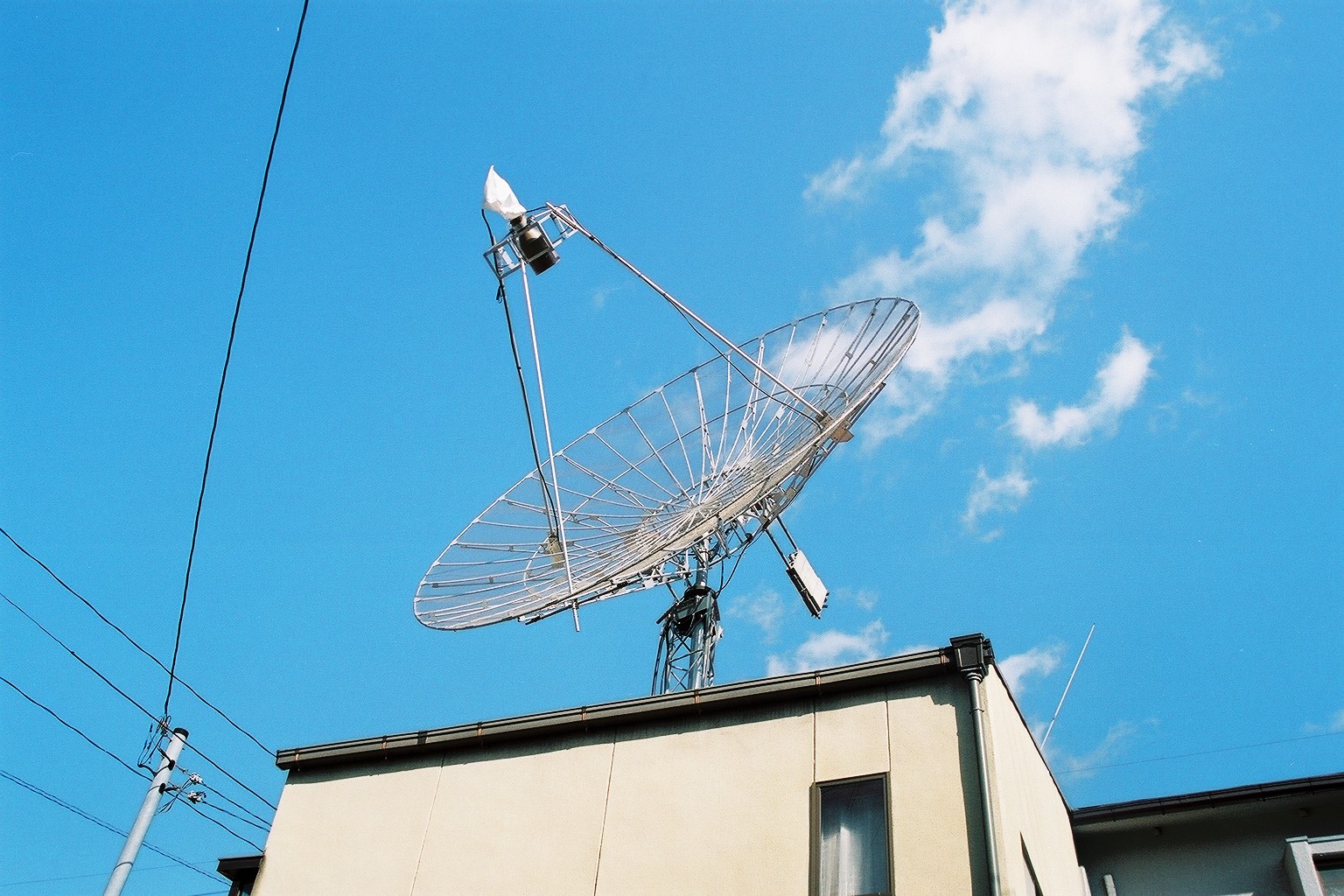
Takahashi Radio Station
6m single dish "MIYABI"

Ryuten Astronomical Observatory
 (Akaiwa City=about 80 miles west of Osaka)
(Akaiwa City=about 80 miles west of Osaka)
(management of the mailing list, by 2010)
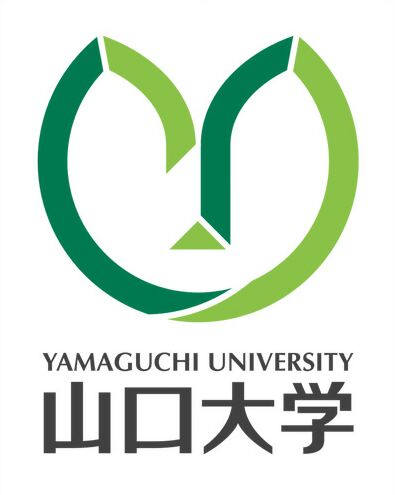
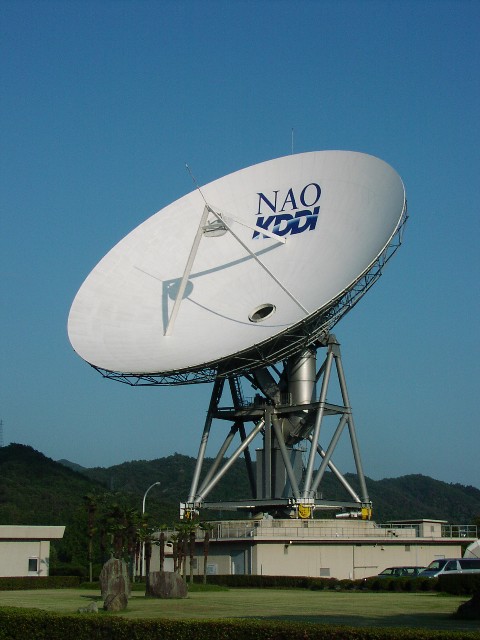
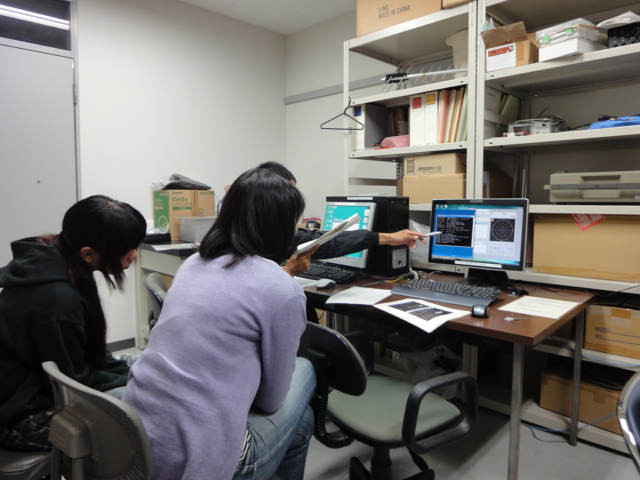
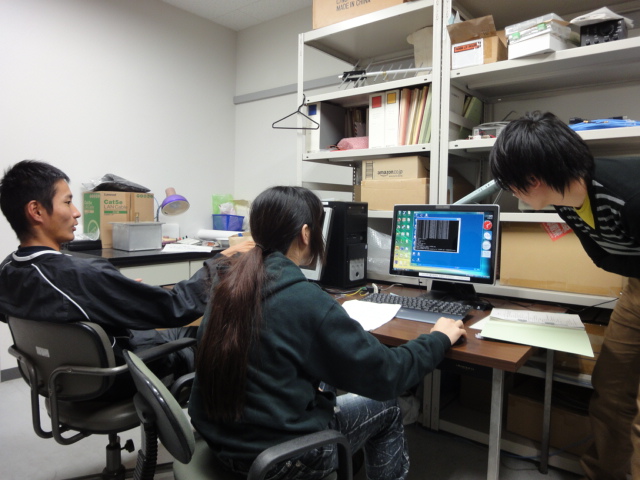
Yamaguchi University
 (Yamaguchi City=about 220 miles west of Osaka)
(Yamaguchi City=about 220 miles west of Osaka)
32 m single dish

Tokai University Space Information Center
 (Mashiki, Kumamoto, Kyushu)
(Mashiki, Kumamoto, Kyushu)

11m single dish
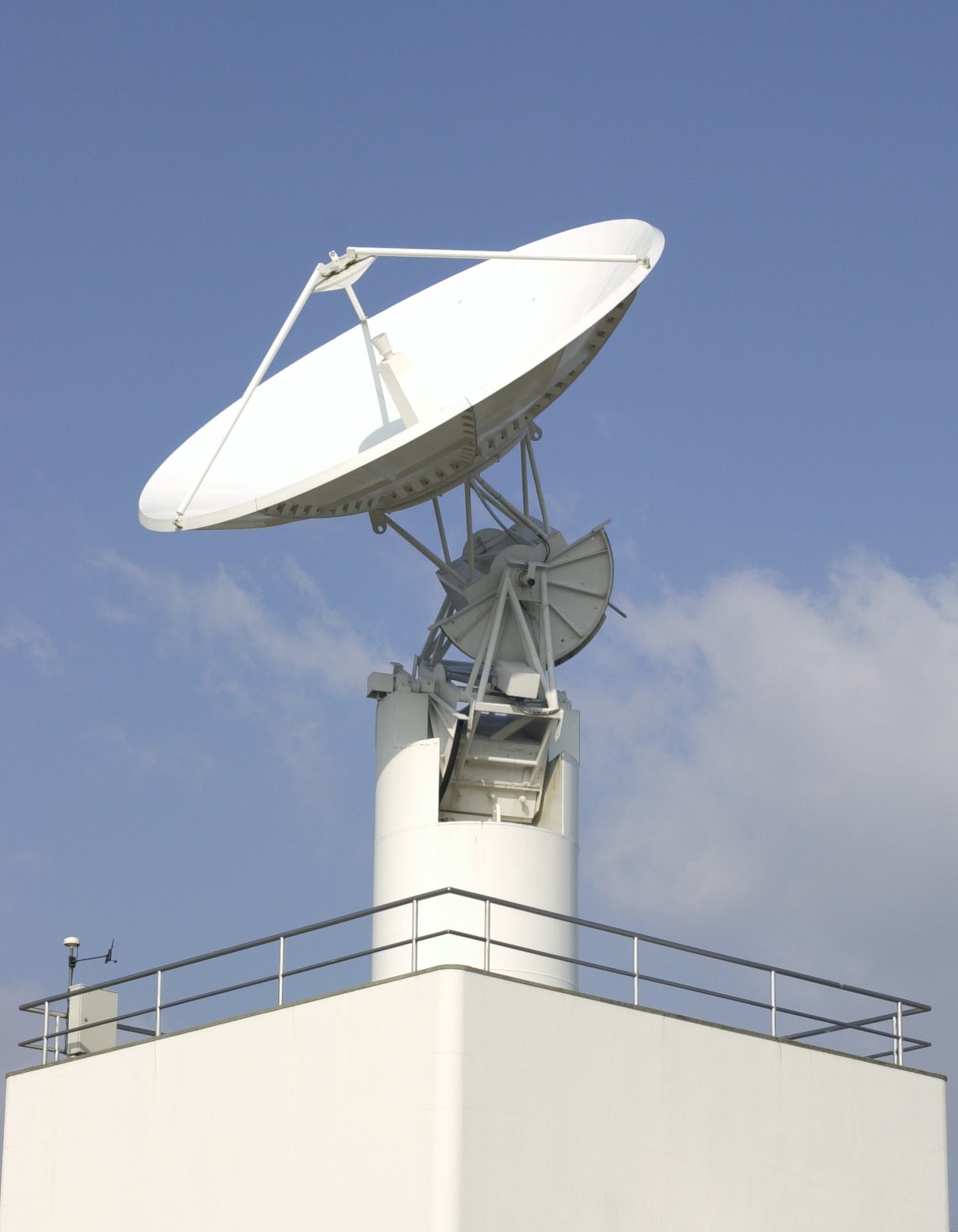
5m single dish
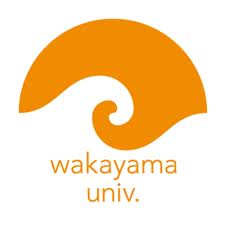
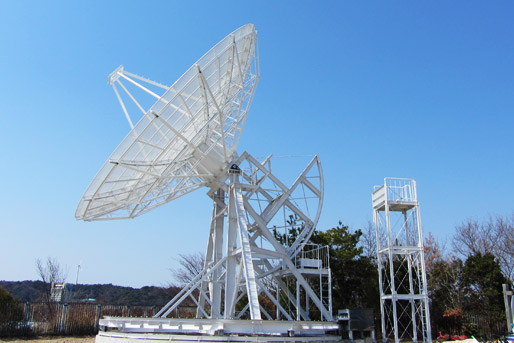
Institute for Education on Space of Wakayama University
 (Wakayama City=about 37 miles southwest of Osaka)
(Wakayama City=about 37 miles southwest of Osaka)
12m single dish
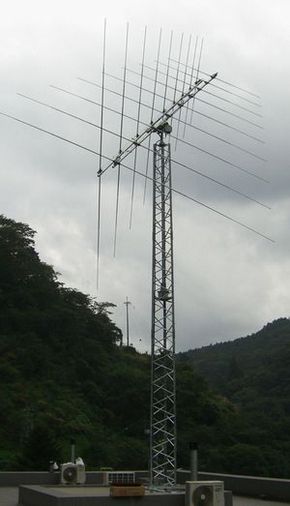
Agawa Jovian Radio Observatory of Kochi National College of Technology/NASA
 (Niiyodogawa, Kochi Prif., Shikoku)
(Niiyodogawa, Kochi Prif., Shikoku)
log periodic with 9 orthographic elements
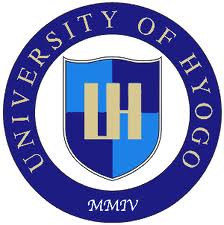
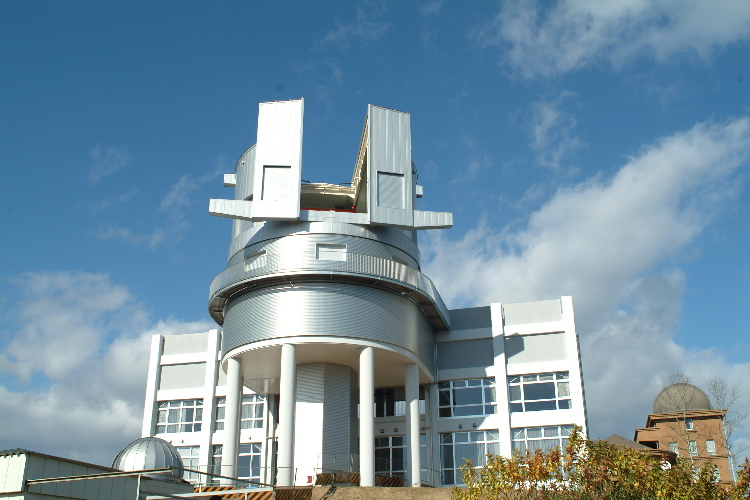
Nishi-Harima Astronomical Observatory, University of Hyogo
 (Sayo, Hyogo=about 60 miles west of Osaka)
(Sayo, Hyogo=about 60 miles west of Osaka)
(Headquarters of the project Dorothy)
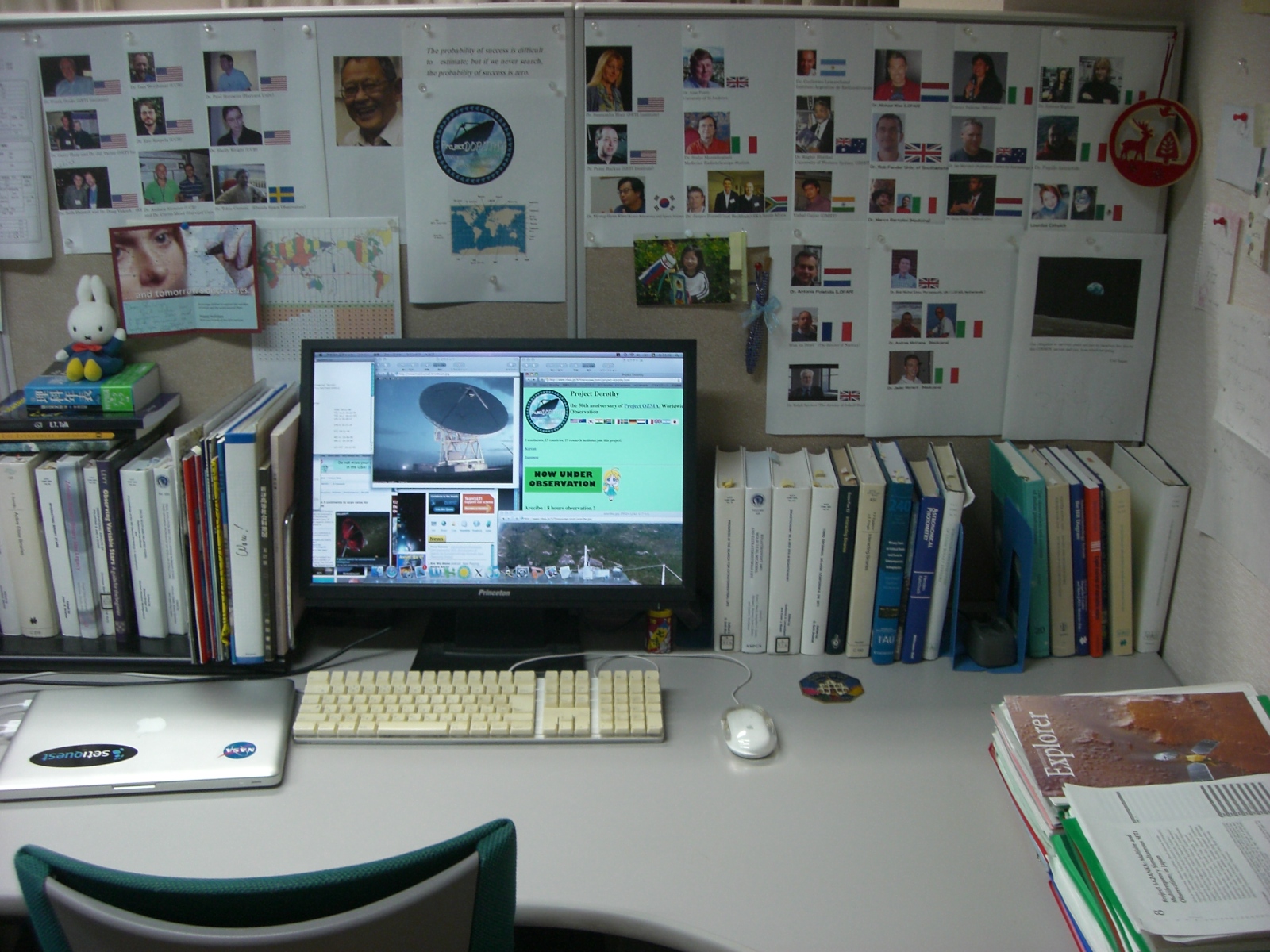
 <-more information
<-more information
Targets
Two OZMA original stars (Tau Ceti and Epsilon Eri) were selected. They are the nearest solar-type stars in the northern hemisphere. Therefore, these two stars were the best SETI targets a half century ago. They remain the symbol of Project OZMA.
But astronomy has improved over the last five decade, and about 500 planets have been discovered around other stars. Some of these stellar systems have planets located in the Goldilocks (Habitable) Zone. We also included such stars (HD 69830, 55 Cnc and Gl 581) and candidates (Eta Ari and HD 168746) among the targets of the project Dorothy. They suggest to advancement of Astronomy.
(All targets are located in the Galactic Habitable Zone.)
The Kepler Goldilocks planets were selected for 3rd. Run (US-UK-JP) joint observations.
 <-more information
<-more information
Estimation
Arecibo S-band planetary radar : 2.4 [Mega W], 73 [dBi]
EIRP(Effective Isotropic Radiation Power) : (2.4*10^6) * (10^7.3) -> 2.4*10^13 [W]
if distance is 100 light year -> (2.4*10^13) / (1.1*10^37) = 10^-24 [W/m^2]
e.g., Flux limit of 32m antenna of Yamaguchi Univ. (at Project Sazanka) and ATA is 10^-24 [W/m^2]
If we had detected the candidate signal,
then we would have observed the post-detection SETI protocol of the IAA (International Academy of Astronautics).
Presentations
Narusawa et al. 2011 fall meeting of the Astronomical Society of Japan, Y14a
Haiku
Dorothy looks at the sky,
Will signals come in?
Only aliens know.
Dorothy listened,
Hoping for cosmic signals;
Heard alien silence
Fifty quiet years:
On cosmic timescale,
only a drop in the sea
OZMA legacy:
Hope will make us continue,
One day it will be!
Wim van Driel (Nancay)
Link
SETI Institute Press Release of Project Dorothy
Project Dorothy (SETIQuest)
Observatories on 5 continents to scan skies for extraterrestrial life(Article in Washington Post)
Dorothy Video (You Tube)by one of fans of NHAO
Icon
Yusei Nanto (Southern Planet)

Contact us
Shin-ya Narusawa (Nishi-Harima Astronomical Observatory, University of Hyogo)
narusawa (at mark) nhao.jp
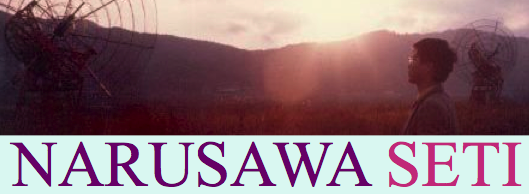






 images
images
 (290 miles northeast of San Francisco)
(290 miles northeast of San Francisco)


 images
images
 (Puerto Rico, in the northeastern Caribbean Sea)
(Puerto Rico, in the northeastern Caribbean Sea)

 (about 9 miles of northeast of San Francisco)
(about 9 miles of northeast of San Francisco)
 images
images
 (about 150 miles of west of Washington D.C.)
(about 150 miles of west of Washington D.C.)


 (about 26 miles northwest of Boston)
(about 26 miles northwest of Boston)


 (Sydney)
(Sydney)

 (Gwacheon City=neighbor Seoul)
(Gwacheon City=neighbor Seoul)
 images
images
 (about 280 miles northeast of Cape Town)
(about 280 miles northeast of Cape Town)
 <- 32m Antenna of Medicina Live
<- 32m Antenna of Medicina Live
 (about 70 miles southeast of Venezia)
(about 70 miles southeast of Venezia)
 (about 260 miles southwest of Stockholm)
(about 260 miles southwest of Stockholm)

 images
images
 LOFAR status map
LOFAR status map

 (63 miles southwest of London)
(63 miles southwest of London)

 (about 60 miles southeast of Amsterdam)
(about 60 miles southeast of Amsterdam)



 (about 80 miles south of Paris)
(about 80 miles south of Paris)



 (about 70 miles southwest of London)
(about 70 miles southwest of London)

 (Dr. Alan Penny's office; about 32 miles northeast of Edinburgh, Scotland)
(Dr. Alan Penny's office; about 32 miles northeast of Edinburgh, Scotland)



 (about 20 miles southeast of Buenos Aires)
(about 20 miles southeast of Buenos Aires)
 Mexico City
Mexico City


 (Akaiwa City=about 80 miles west of Osaka)
(Akaiwa City=about 80 miles west of Osaka)


 (Yamaguchi City=about 220 miles west of Osaka)
(Yamaguchi City=about 220 miles west of Osaka)

 (Mashiki, Kumamoto, Kyushu)
(Mashiki, Kumamoto, Kyushu)




 (Wakayama City=about 37 miles southwest of Osaka)
(Wakayama City=about 37 miles southwest of Osaka)

 (Niiyodogawa, Kochi Prif., Shikoku)
(Niiyodogawa, Kochi Prif., Shikoku)

 (Sayo, Hyogo=about 60 miles west of Osaka)
(Sayo, Hyogo=about 60 miles west of Osaka)
 <-more information
<-more information
 <-more information
<-more information


